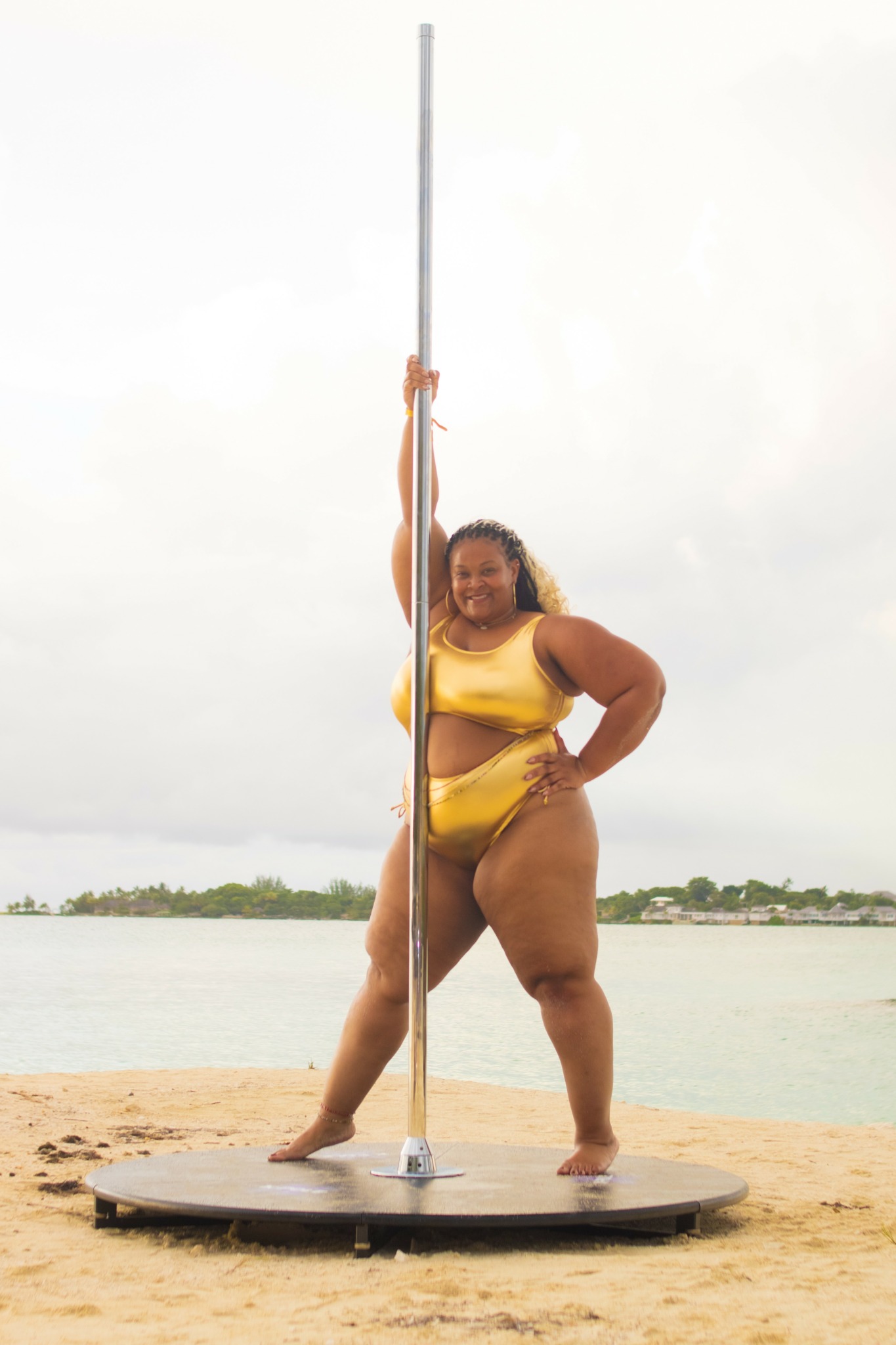Alright – so today we’ve got the honor of introducing you to Amanda B. We think you’ll enjoy our conversation, we’ve shared it below.
Amanda, thanks for joining us, excited to have you contributing your stories and insights. Let’s start with a fun one – what’s something you believe that most people in your industry (or in general) disagree with?
I believe one area of disagreement when it comes to pole dancing is the connection between plus-size/curvy pole dancers and how pole dancing can directly support their mental health journey.
Some people in the pole community, whether consciously or unconsciously, may not fully embrace or prioritize plus-sized/curvy dancers in conversations about how the art and sport impact confidence, self-image, and emotional well-being. Pole dancing is often looked at and celebrated for being liberating, empowering, and transformative, but the dominant narratives might center on a certain body type or fitness level. In turn, mental health is overlooked and downplayed when it comes to the struggles that plus-sized dancers may experience.
When I first began pole dancing, I was super nervous being the “big girl” in class. For the longest, it was perceived that pole dancing was for “smaller” people. You had to be a certain size, be a certain fitness level, have a certain look to pole dance. Most people correlate pole dancing to being a stripper or sex worker and not being a form of empowerment or physical fitness. The reason I even picked up pole dancing as a hobby was to find a fun form of exercise and to find my sexy side. I’ve always thought of myself as an attractive person, but not to the level of my liking. Luckily for me, my very first pole studio home was very supportive and very big on body positivity, but there have been times throughout my pole journey where this was not always the case.
There have been times where I was overlooked to participate in showcases because of my size or my pole fitness level. I have heard from others that I’m not a “real” pole instructor because I don’t know how to do certain tricks. I have friends who have been criticized on social media for their size and told they can’t believe the pole can support that much weight or they need to put on more clothes because “nobody wants to see that”.
In reality, pole dancing can serve as an incredible mental health tool for plus-size/curvy dancers by challenging societal beauty norms, encouraging body acceptance, and fostering a sense of accomplishment and belonging. However, the industry sometimes underrepresents these experiences, leading to a lack of inclusivity or understanding of how this community benefits from and contributes to the art form.
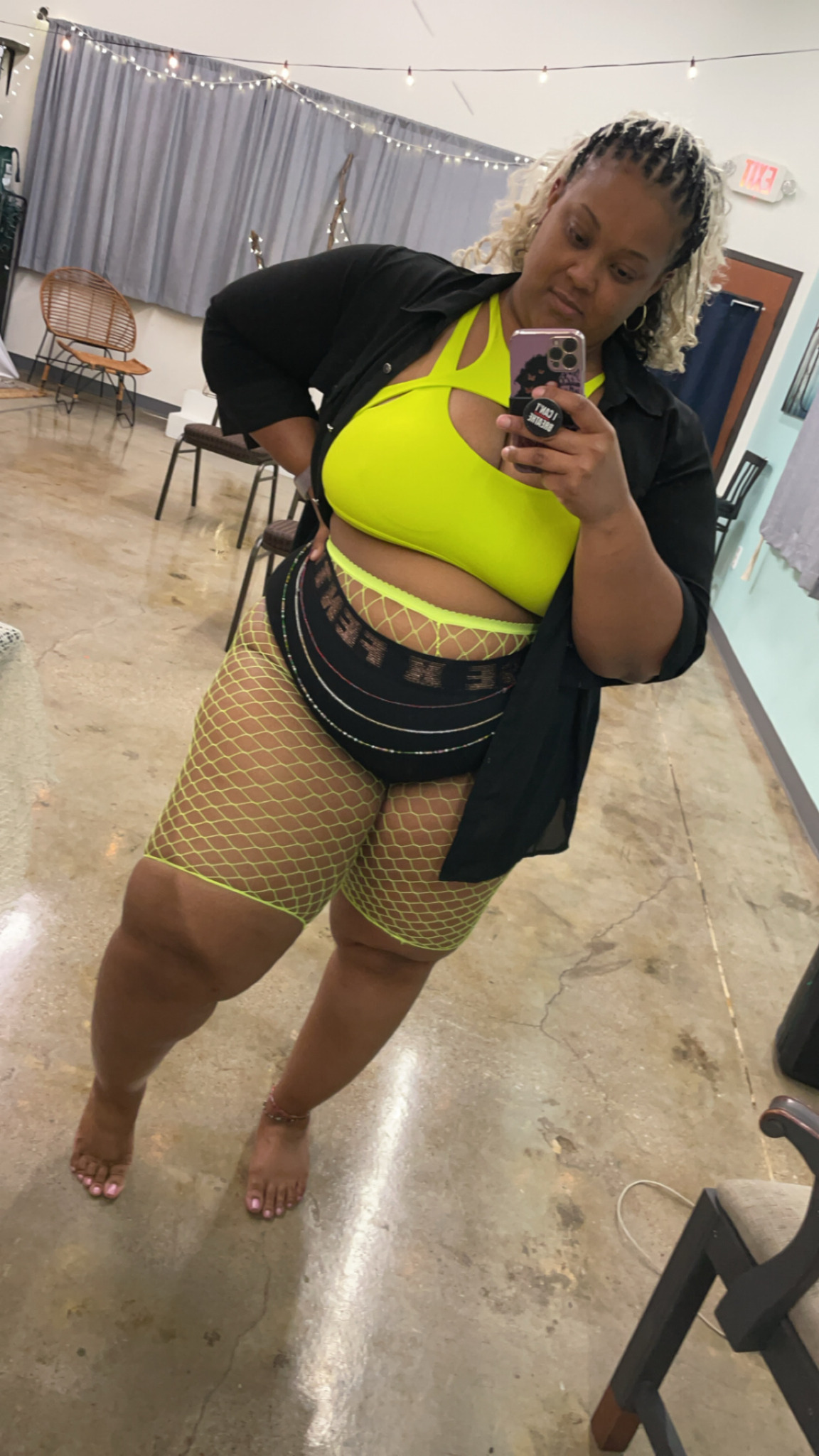
Amanda, love having you share your insights with us. Before we ask you more questions, maybe you can take a moment to introduce yourself to our readers who might have missed our earlier conversations?
My name is Amanda. I’m a Social Worker by day, Pole Dance Instructor by night. I have been in the field of social work for 11 years and have worked with many different populations, such as mental health, domestic violence, and disaster services.
I started my pole journey 6 years ago, have been an instructor for 3 years and a business owner for 2, going on 3 years. I started pole as a confidence booster and to overall feel sexy in my own skin. In the process of finding my sexy, I helped others find theirs too.
Pole dancing has been my therapy and has helped me get through some really tough times. I’m a huge advocate for mental health and I wanted to create a therapeutic, non-judgmental experience for others. I wanted to create a safe space for people to be able to express themselves freely through movement and dance. On top of that, I encourage body positivity, especially for the plus-size community, so I want others to find their sexy like I found mine. From there, Pole Therapy was born.
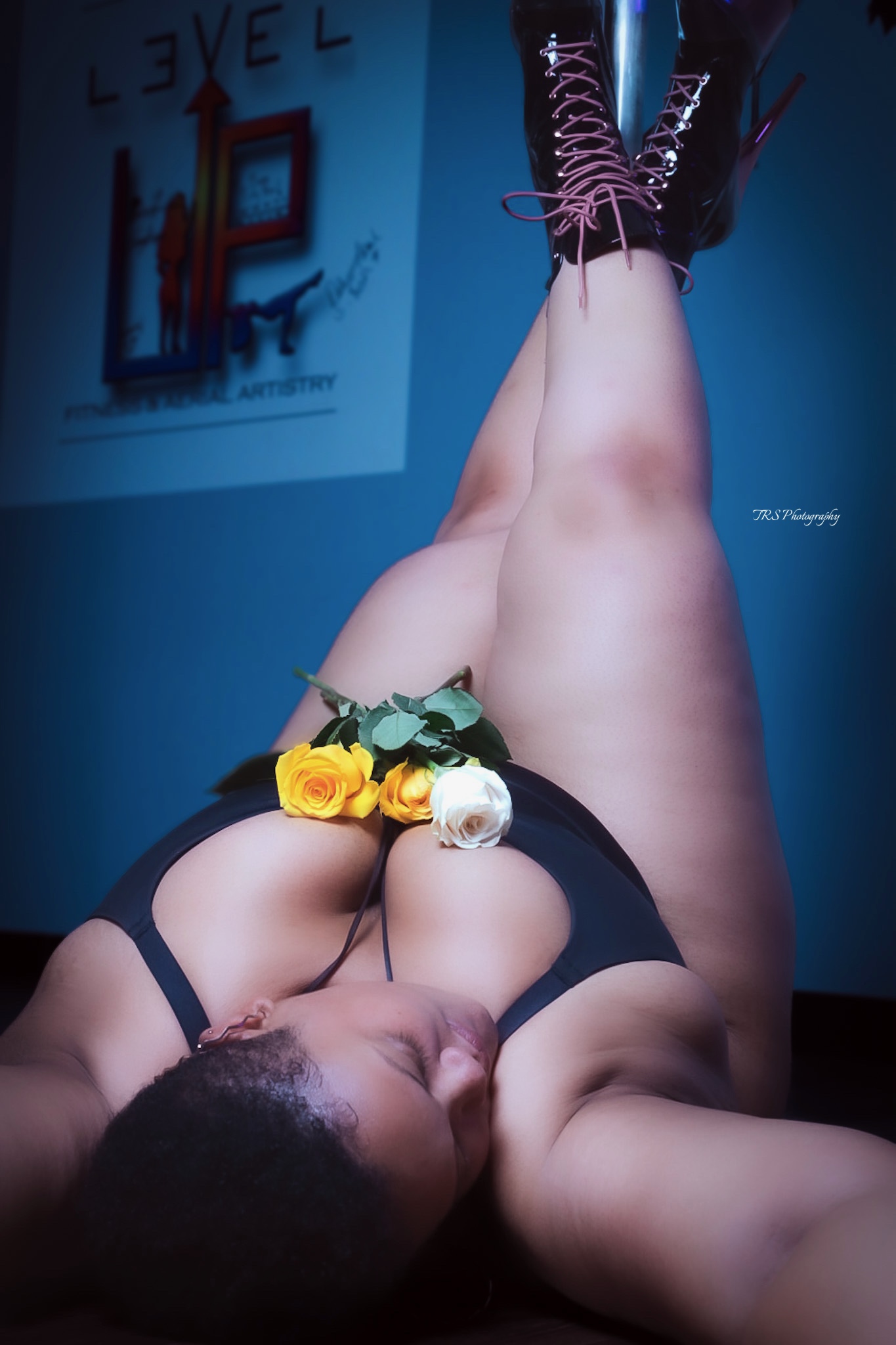
Can you tell us about a time you’ve had to pivot?
I have been in the field of Social Work for the past 11 years. I have always enjoyed helping underserved communities and people in need, but burnout happens a lot in this field of work.
After losing my job at the height of the pandemic, it gave me a lot of time to think about what I wanted to do with my life. I went back and forth about what the next chapter would look like and I’ve always known that I wanted to be an entrepreneur, but didn’t know exactly what I wanted to do.
I wrote down all of the things that I enjoyed doing: social work, event planning, traveling, and pole dancing. And I thought “how can I combine the things that I love doing and make it my own?” After a lot of late nights, tears, research, and frustrating moments, Pole Therapy was born!
Pole dancing began as just a fun hobby, but once I became an instructor, I realized that I could combine the art of pole dancing with social work. Pole dancing is not only a form of art, but it is a form of therapy. Most people engage in creative therapies, physical activity, animal-assisted therapy, family therapy, so on and so forth, but not very many people see pole dancing as a form of therapy. It would be considered a physical activity, as well as a creative therapy (i.e. music therapy) and proves to be very beneficial to those who engage in the art.
I now have the chance to show others how beneficial pole dancing can be for both the physical and mental aspect of it, all while using the skills I have learned during my career in Social Work.
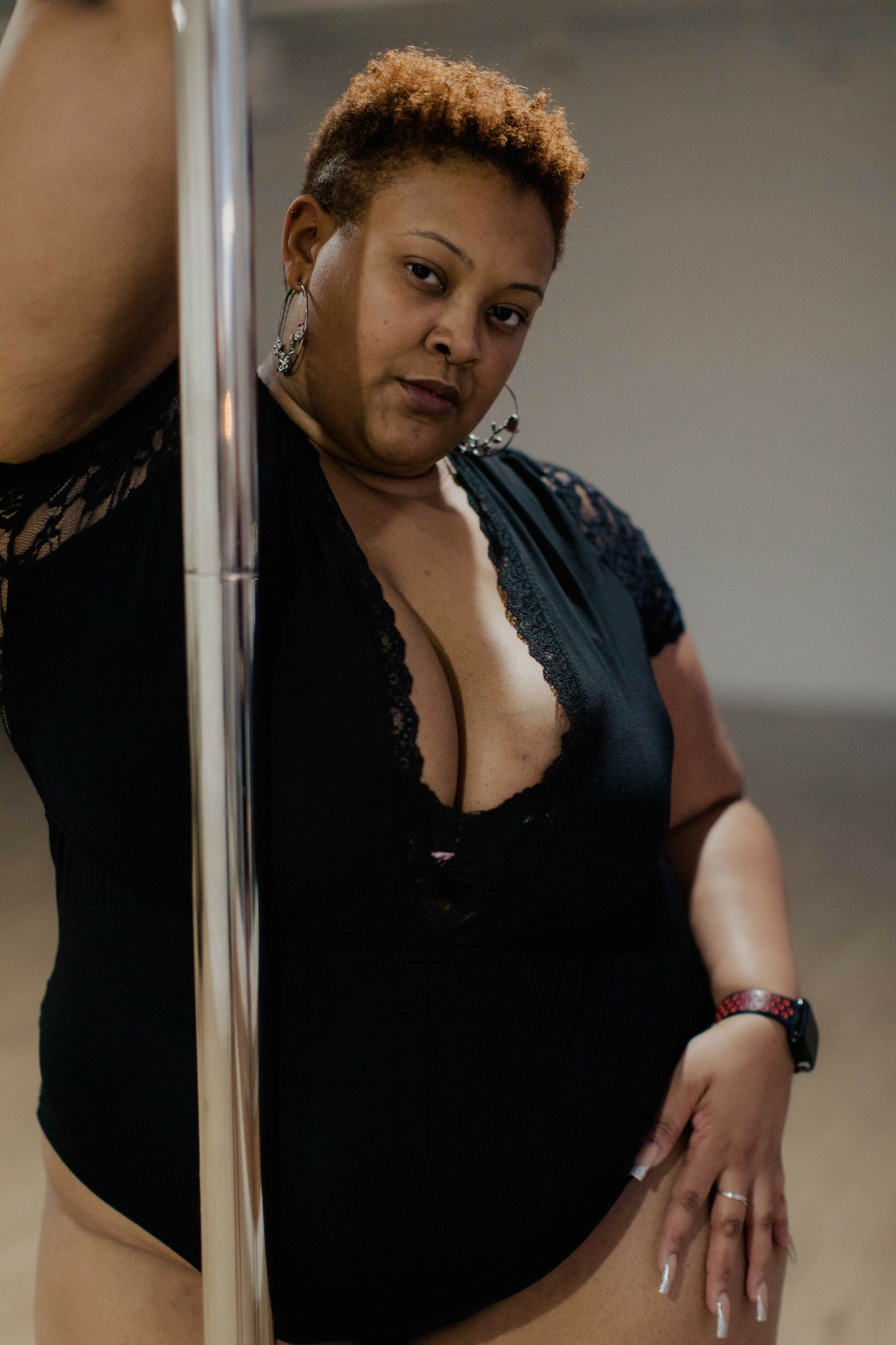
Let’s talk about resilience next – do you have a story you can share with us?
When I first started building Pole Therapy, I noticed that a large number of people that took classes, did it as a way to escape or engage in a therapeutic activity. The mental health aspect of pole dancing is often overlooked or underestimated. When I worked for another studio, most of my students expressed to me that they saw my class as a safe space and felt relieved after class was over.
My specialty class, CurvySexyCool, was centered around the mental health aspect of pole dancing, as well as allowing my students to step out of their comfort zone and tap into their creative brain to create a routine. Most times, a dance routine is created for attendees of a pole class. In CurvySexyCool, students have the ability to just flow and do whatever their body tells them to do versus the instructor telling them what to do.
I was very hesitant about Pole Therapy being successful. I thought maybe people would look at it as just another pole studio or class. I had to realize that other people believed in me before I believed in myself. There were many times that I wanted to quit and did not think I could make this work, but I had to change my mindset. Pole Therapy is still in the beginning stages but I now believe in the value of my vision and how successful it will be, as long as I don’t give up.
Contact Info:
- Website: https://Poletherapystudio.com
- Instagram: @DaPoleTherapist or @PoleTherapyStudio
- Facebook: Pole Therapy Studio
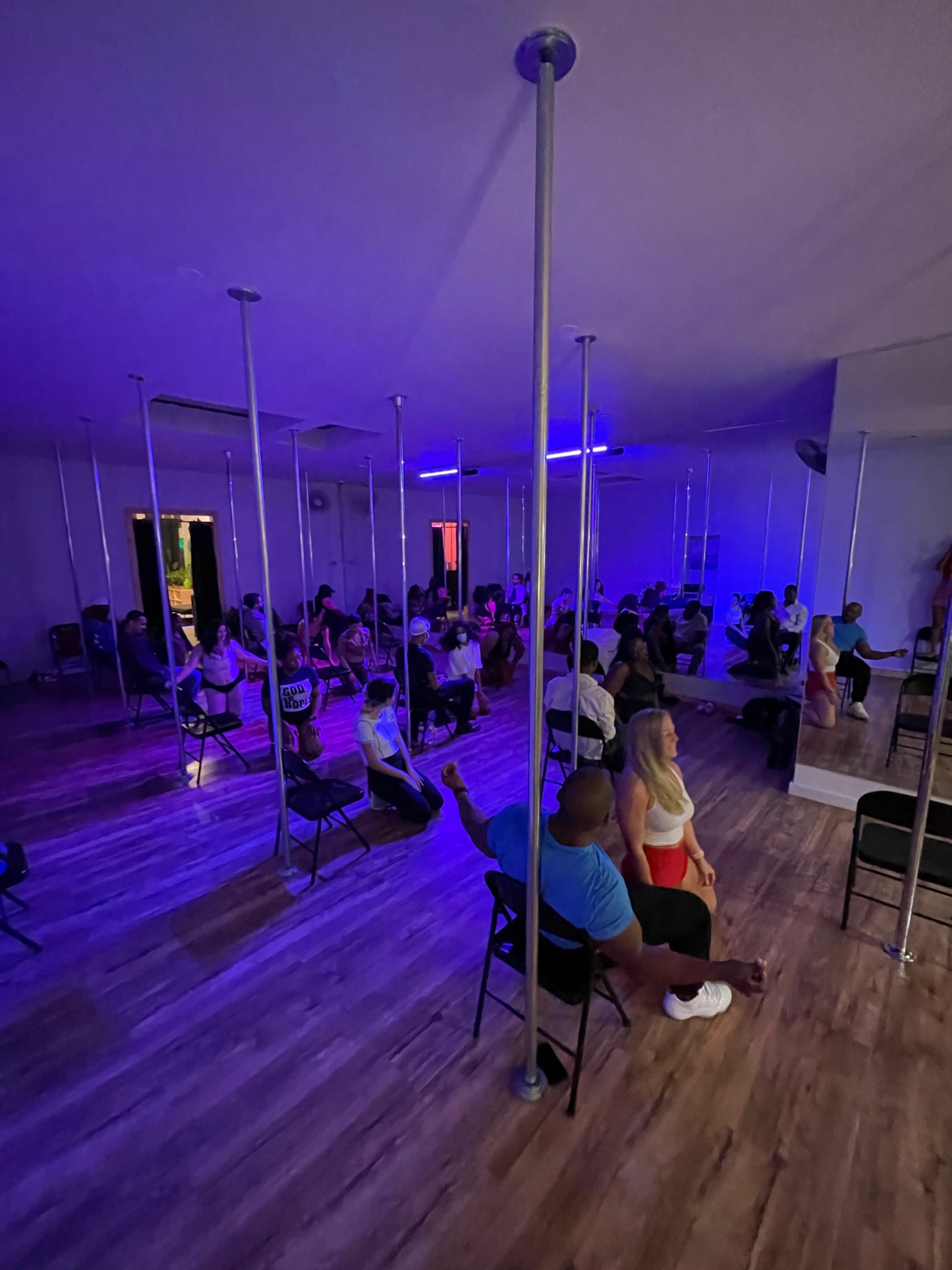
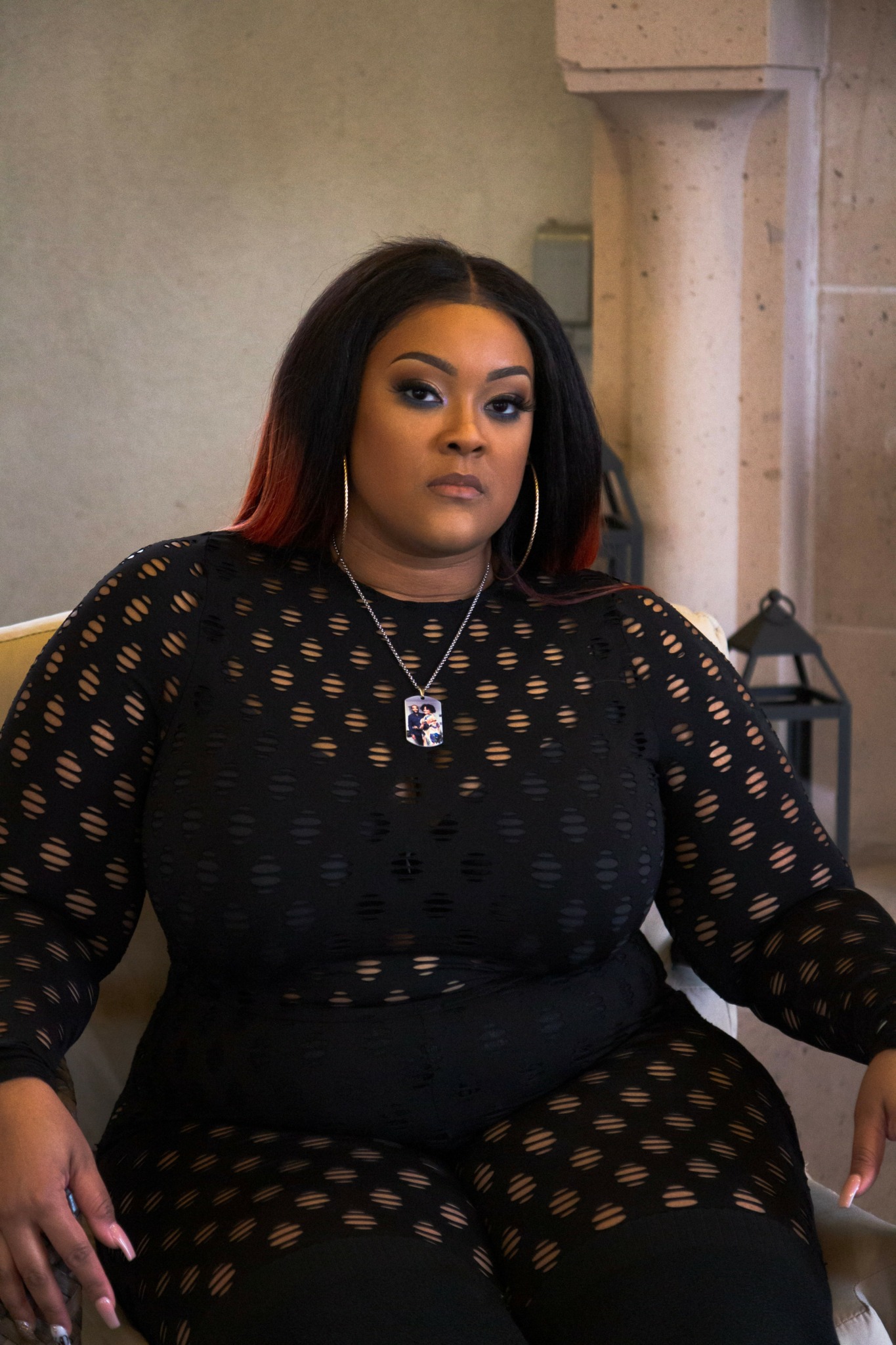
Image Credits
@ designsbymsjaiinc
@TRS_Photography2018
@stephaniedrenka
@ placeswewalkphotos
@vantagepoint_studios


